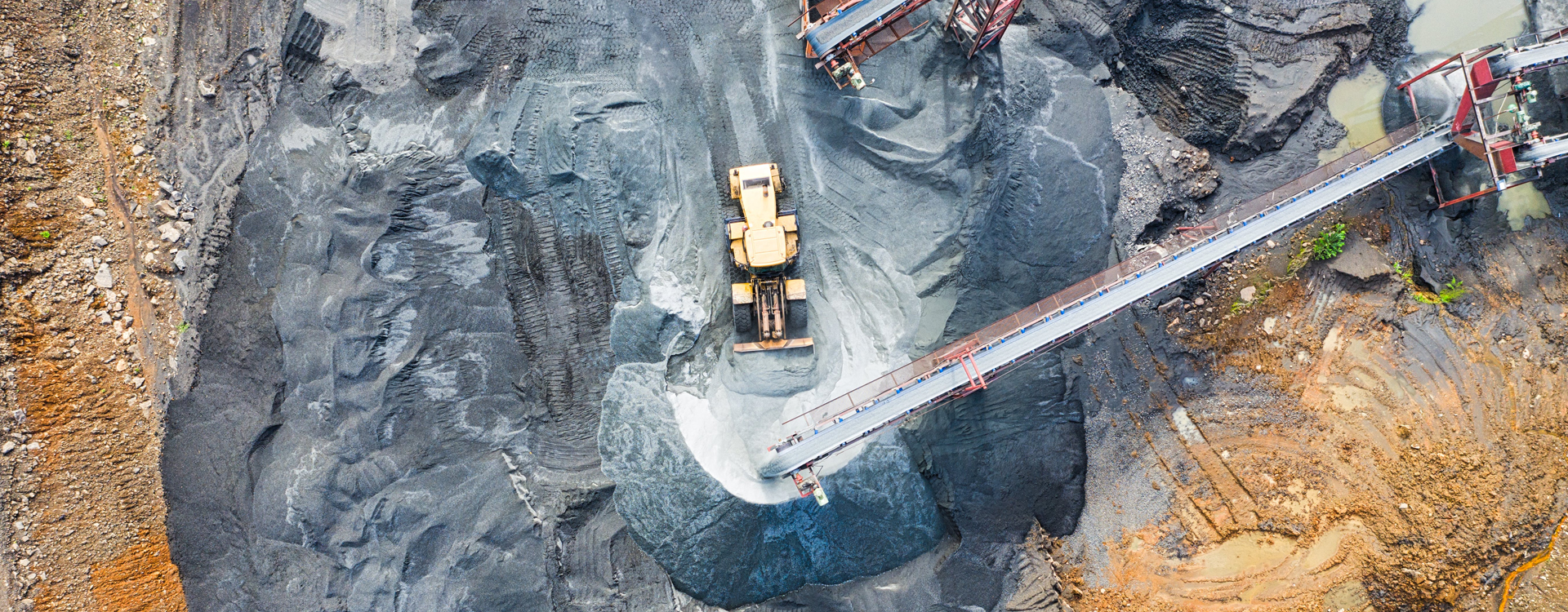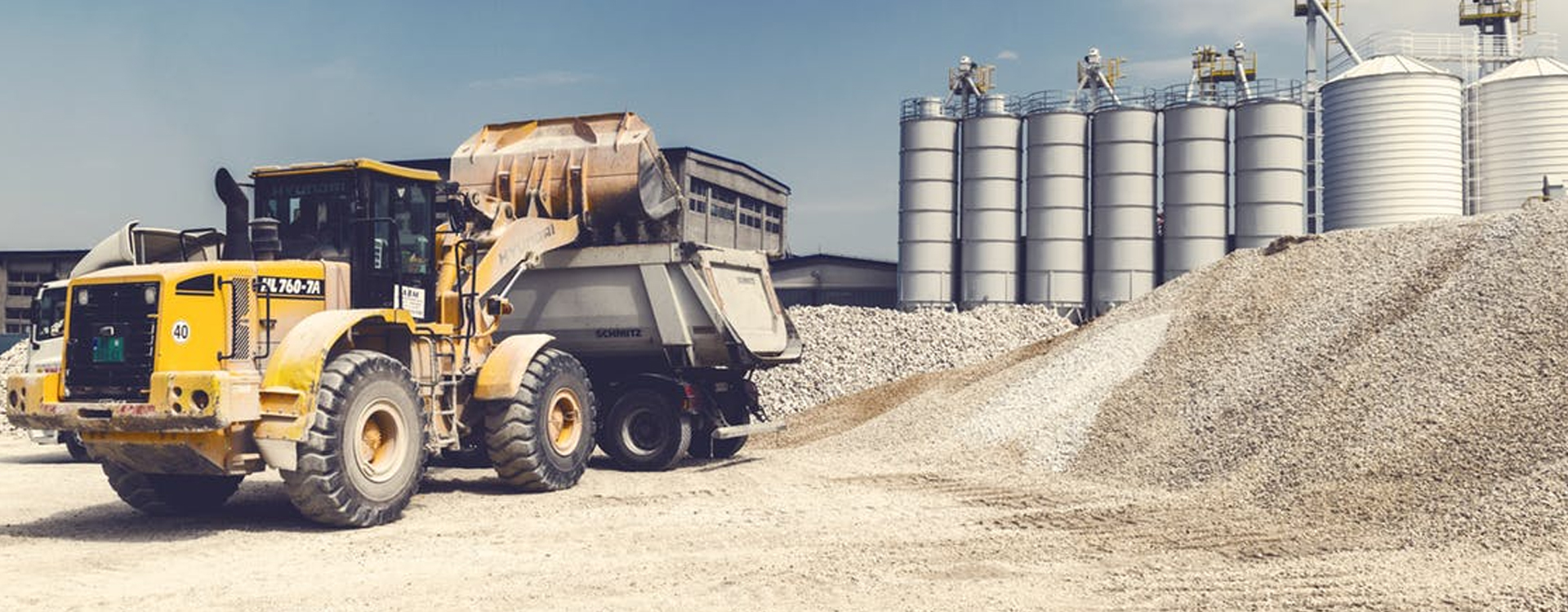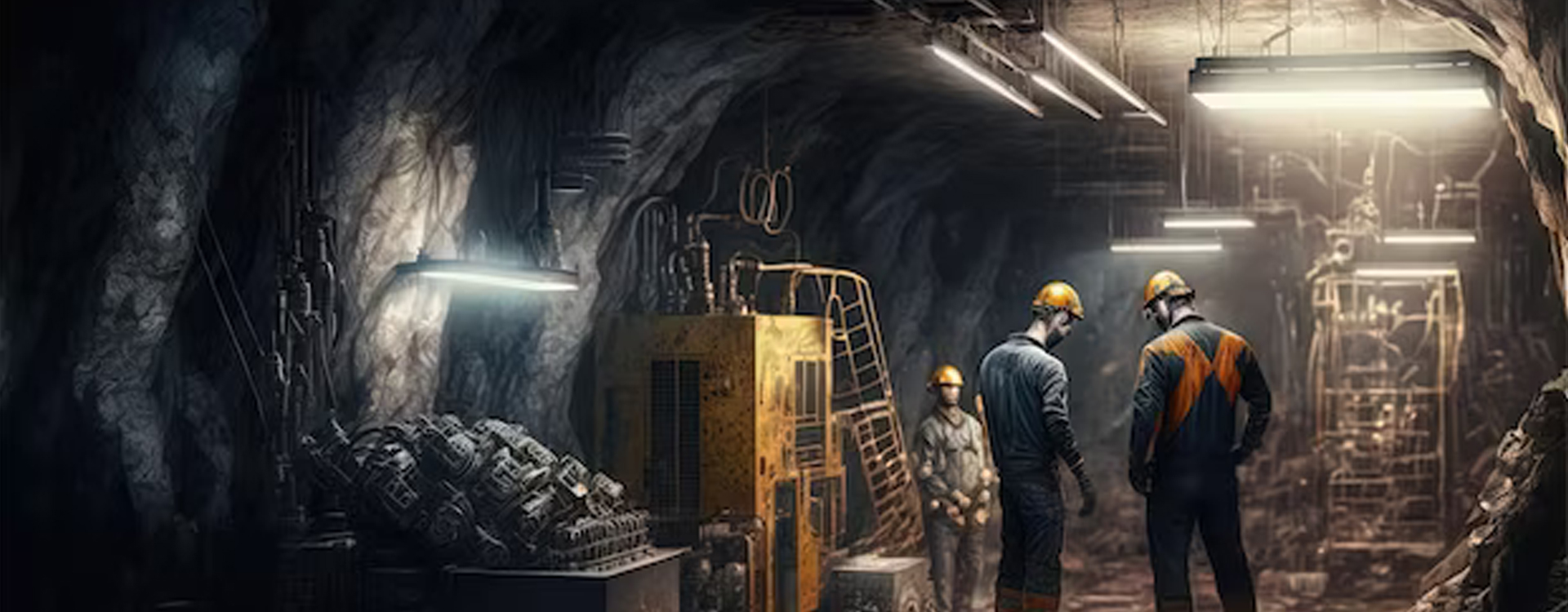Seminar Details
Selenium (Se) toxicity due to mining is an emerging concern worldwide. Traces of selenium were found in some mine sumps of the Talcher and Ib Valley coalfields. Selenium toxicity can degrade the ecosystem and impact human health, such as fingernail changes and brittleness, gastrointestinal disorders, skin rash, irregular working of the nervous system, etc., in humans and developmental malformations and deformities, Larval deformities, mortality, and reduction in fish growth, in aquatic animals. A systematic batch experiments were conducted to investigate the influence of different process parameters, such as initial concentration, pH, adsorbent dosages, and contact time, on selenium removal by prepared adsorbents. The adsorption isotherms and the possible mechanisms of selenium removal by the prepared adsorbents were analyzed by Langmuir, Frenuluich, Temkin, and DR isotherm models. The kinetics studies were analyzed by pseudo-first order, pseudo-second order, and intraparticle diffusion. A thermodynamic study was performed to understand the influence of temperature on the removal process. The optimal performance was observed with 20 g/L of dosages and 120 min by dolochar 10 g/L of dosages and 90 min by FeD 20 g/L of dosages and 120 min by DAl 10 g/L of dosages and 90 min by FeBac 20 g/L of dosages and 90 min by FeBD. Bacillus selenatarsenatis 9470T removed 99 % at 10 Se-mg/L, pH 6, 4 % inoculum (v/v) within 20 h. Bacillus selenatarsenatis 9470T was observed to have a high maximum adsorption capacity (333.33 mg/g), followed by FeBac (2.32 mg/g), FeD (1.08 mg/g), DAl (0.61 mg/g), dolochar (0.44 mg/g), and FeBD (0.33 mg/g). The experimental data of dolochar, FeD, and Bacillus selenatarsenatis 9470T best fit the Langmuir isotherm, suggesting monolayer adsorption and physisorption, whereas FeBac and FeBD fit the Freundlich isotherm. The data points of prepared adsorbents, Temkin and DR Model, fitted well, and also for pseudo-second order, indicating involvement of chemisorption. Moreover, the intraparticle diffusion model suggested the process involvement of multiple rate-limiting stages. The thermodynamic study showed that increasing negative Gibbs free energy values were observed for all prepared adsorbents, confirming the spontaneity of the process with temperature, whereas the Bacillus selenatarsenatis showed spontaneity up to 308 K after that, the negativity started decreasing with an increase in temperature. Dolochar, FeD, and DAl showed endothermic and high randomness, whereas Bacillus selenatarsenatis 9470T, FeBac, and FeBD showed exothermic and low randomness. The techno-economic evaluation showed that FeBac and FeBD revealed high profitability with high NPVs, i.e., 363.79 USD and 417.66 USD, respectively, with corresponding high IRRs of 46.5% and 39% and high RORs. BEP of FeBac, DAl, and FeD was 19 to 20% of the capacity to remain profitable, and FeBD and bacterial biomass showed higher BEP of 64.30% and 46.93 %, respectively.



